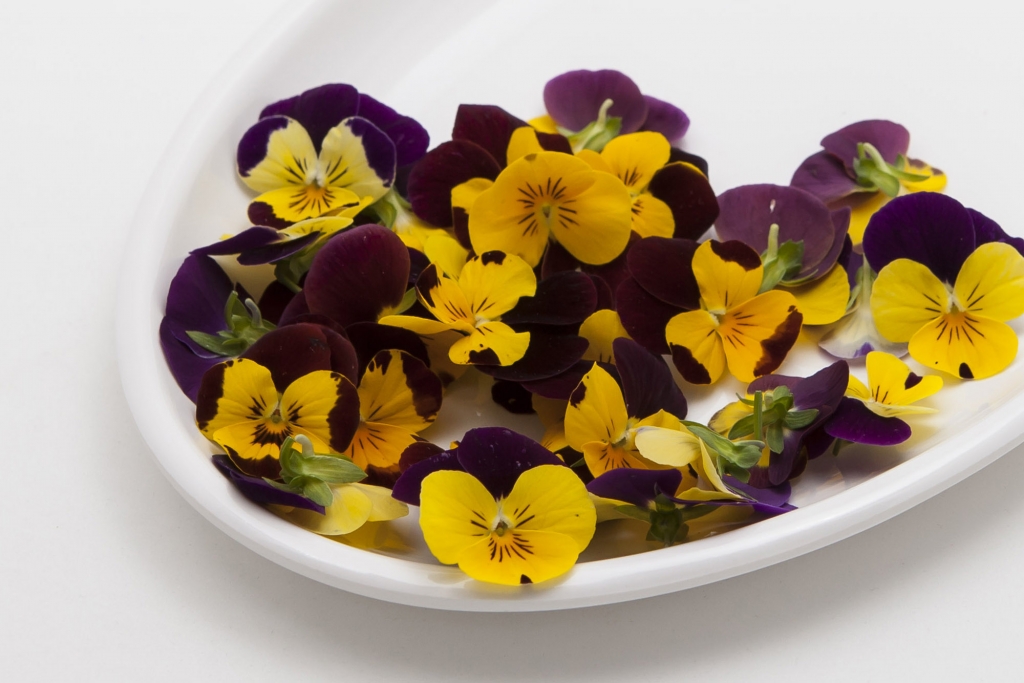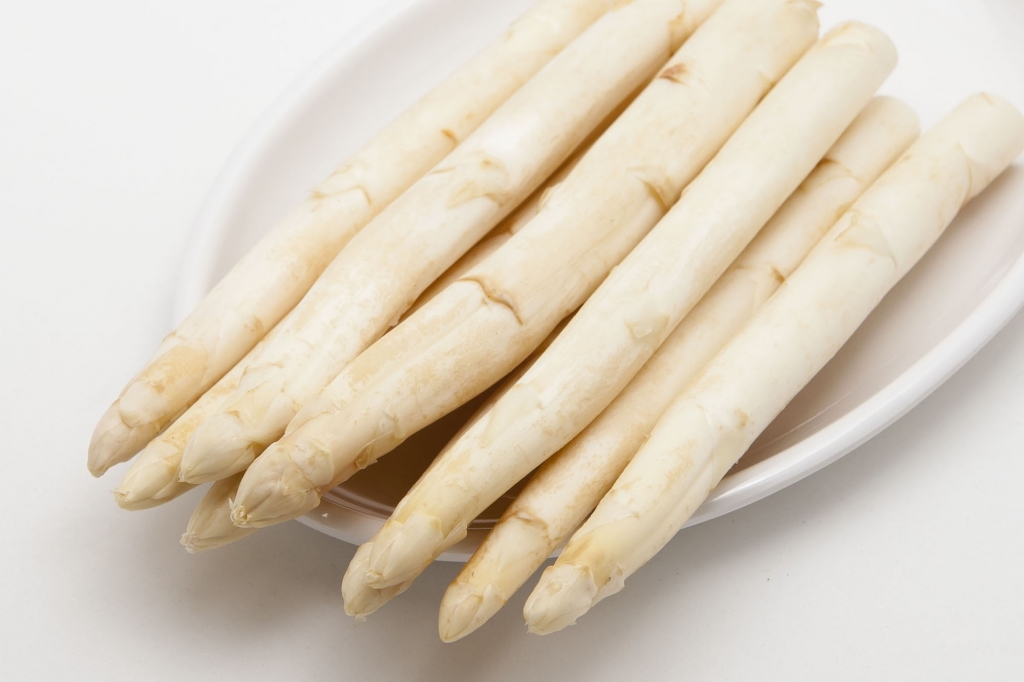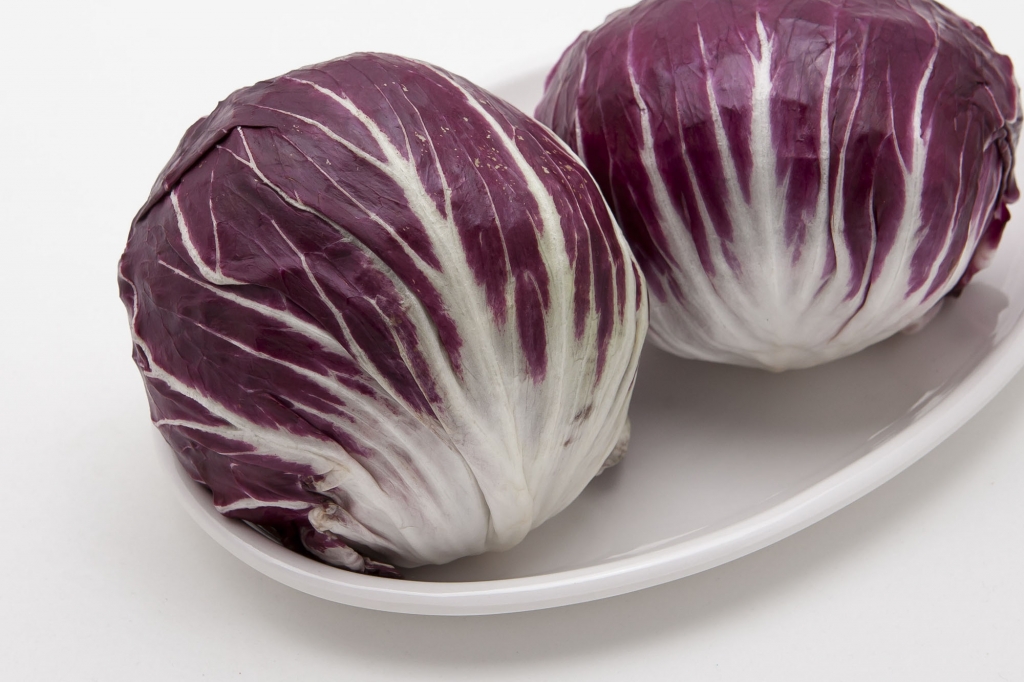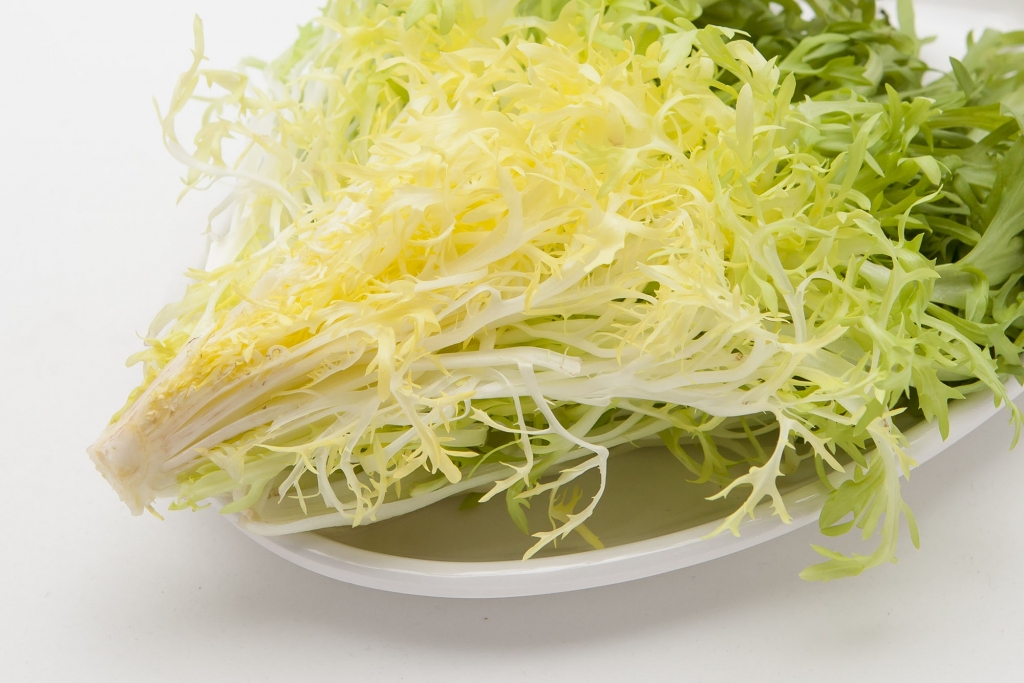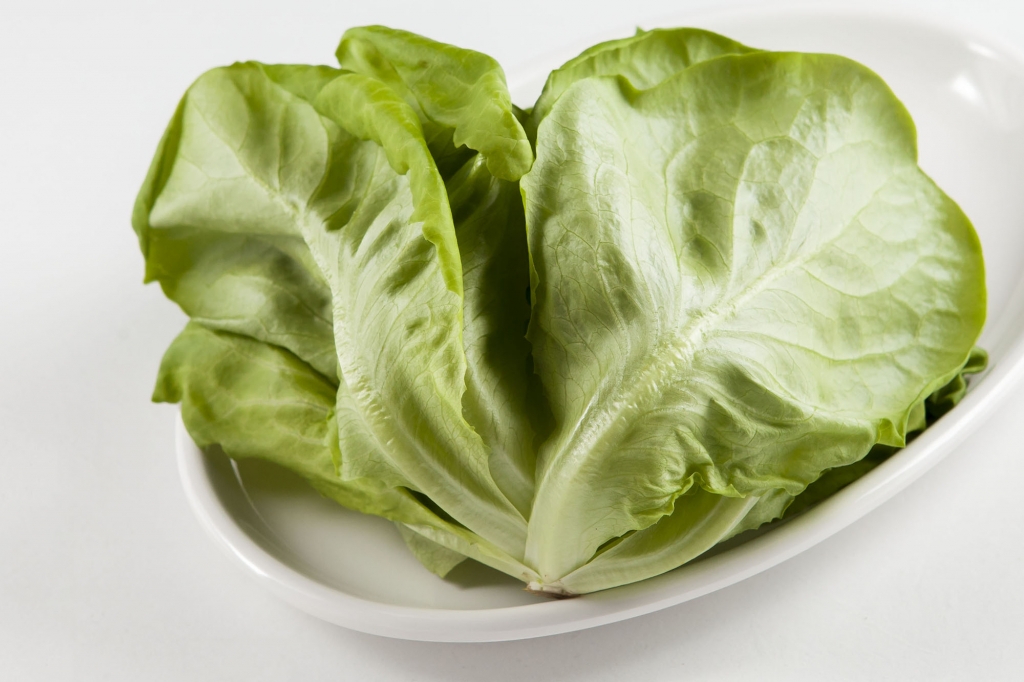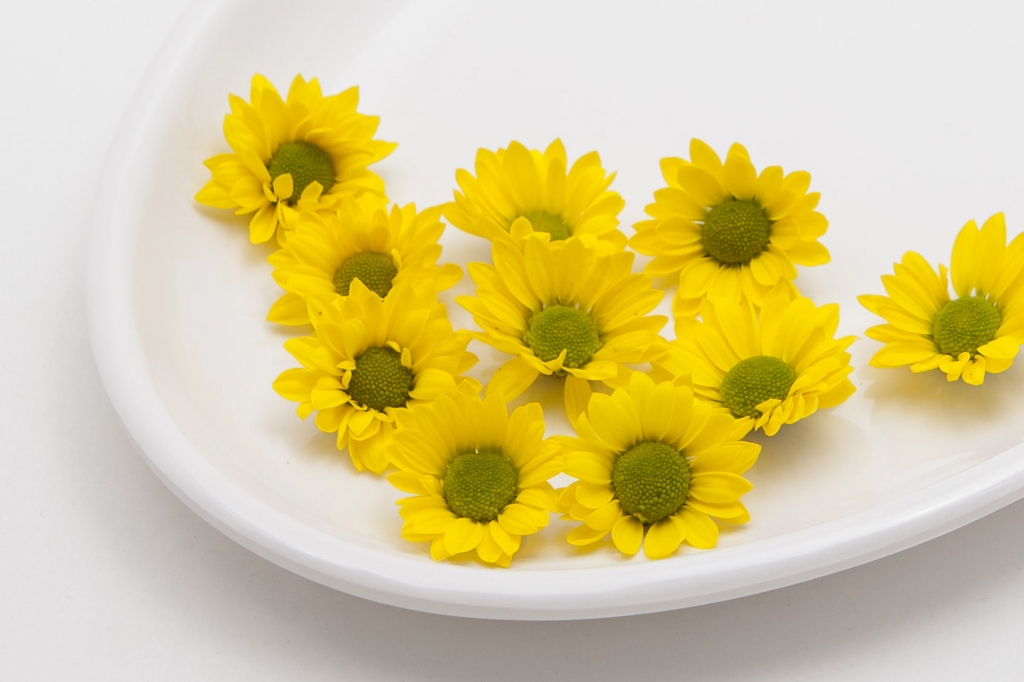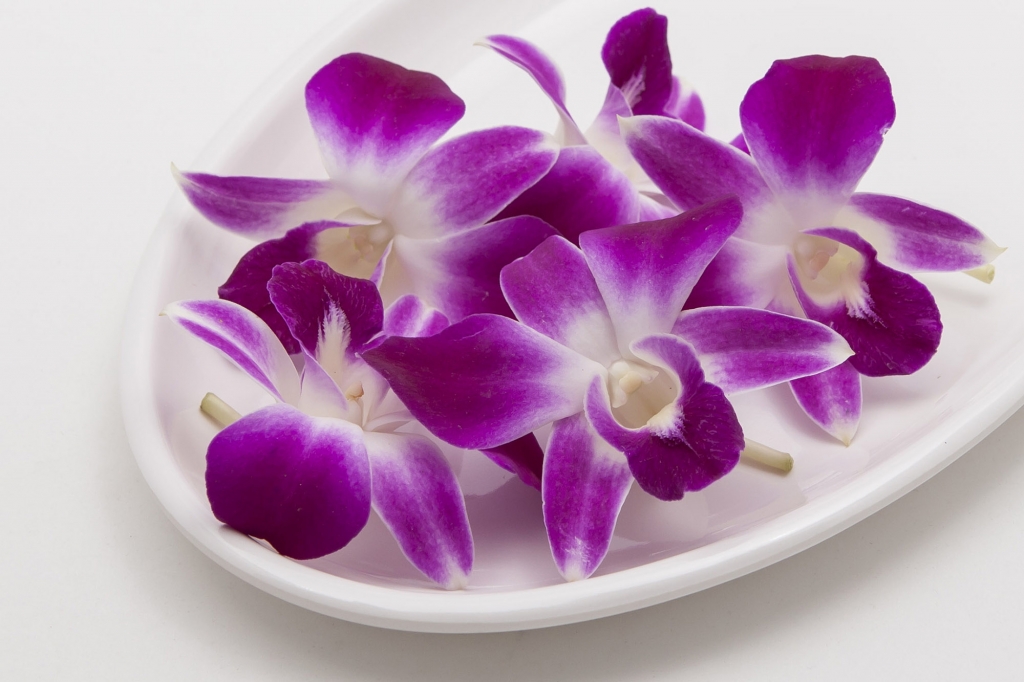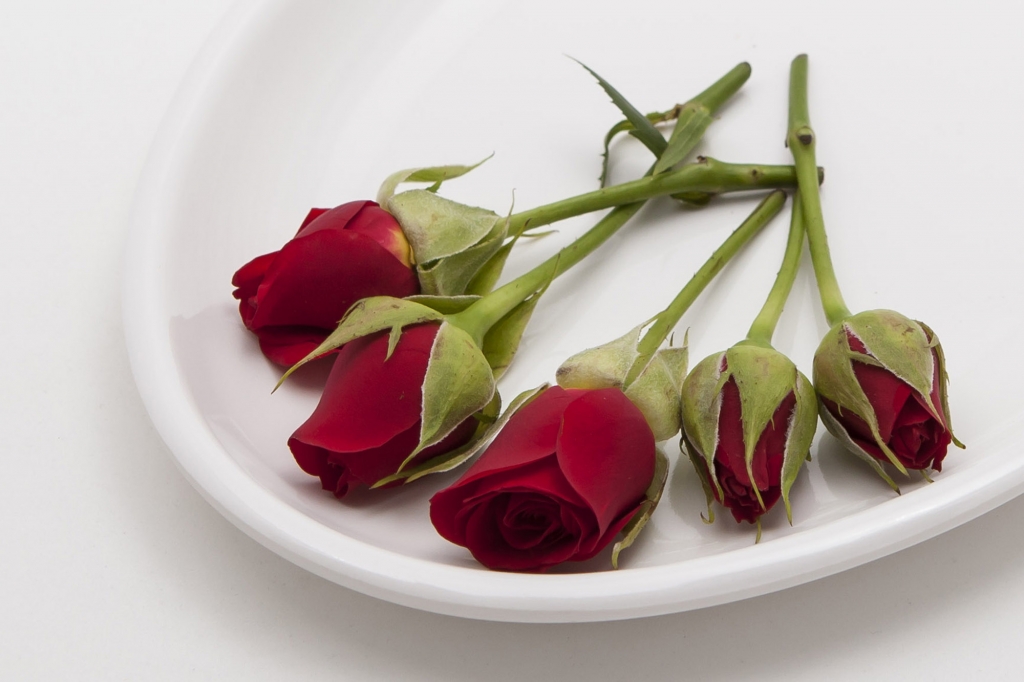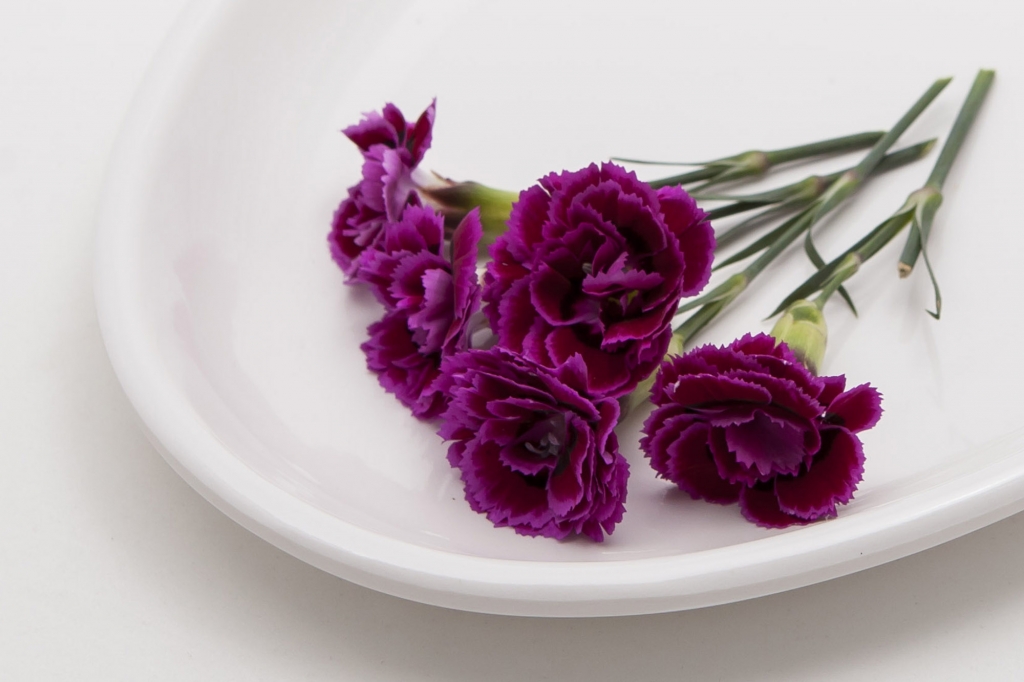Special Vegetables
Specialty vegetables are high-quality vegetables leading to a well-being food culture, such as asparagus, green beans, red radish, beets, and edible oil.
Special vegetables that catches eyes and mouth with showy colors and different tastes!
Give your differentiated dish to a special person on a special day.
It is an excellent food with a distinctive bamboo look and crisp taste. Whether you cook it or eat it raw, it is delicious. It contains aspartic acid, which is good for relieving hangover and restoring fatigue. It is also helpful for anticancer activity (glutathione component) and diuretic action.
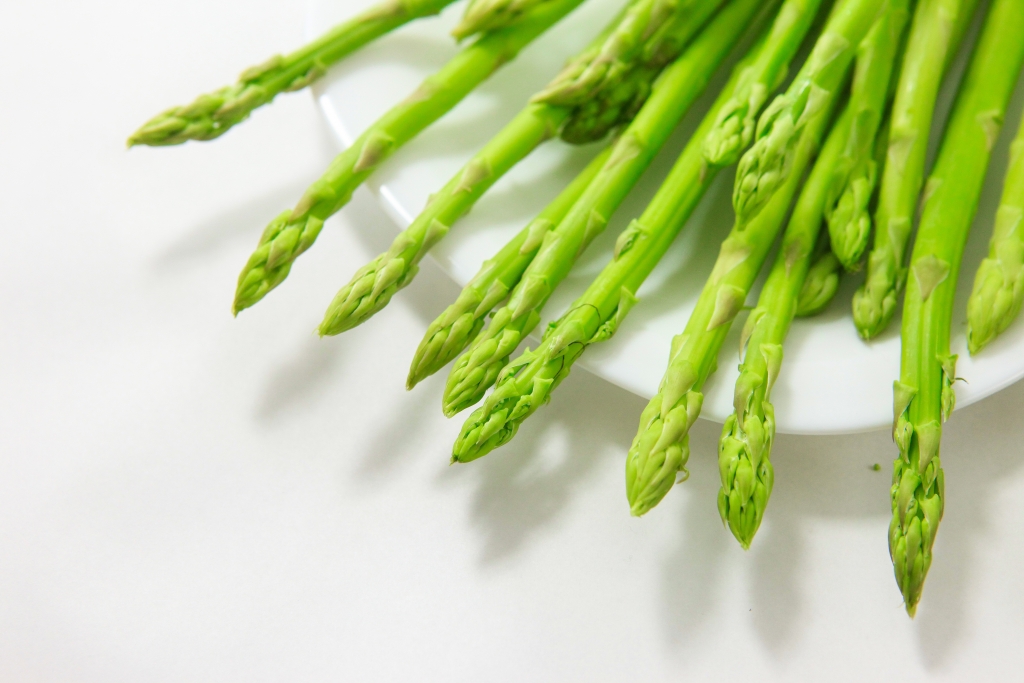
It is a leguminous plant and a vegetable that can be eaten with beans unpeeled. It is also called snap bean. It is sweet, sour, very low in calories (20cal per 100g) and rich in vitamin A, so it is good for eyes, liver and skin.
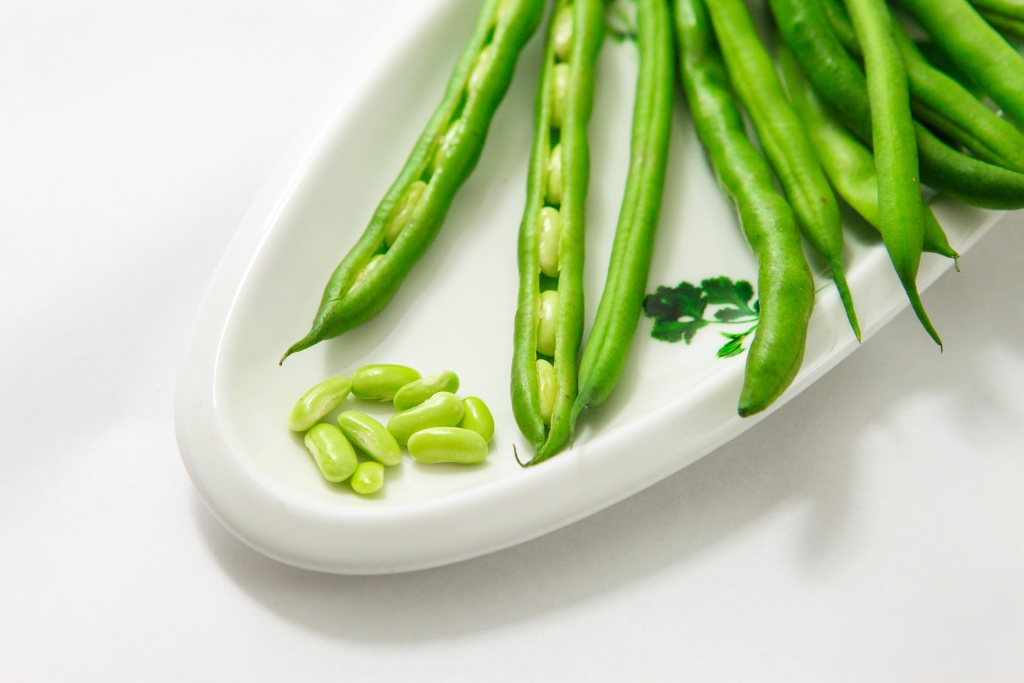
It is called ’20 days red radish’ because it can be eaten after it was raised for about 20 days. (Usually 30~40 days) The surface is read and the inside is white, so it is often used for salad decoration, and its root can be eaten raw. Nutritional value (rich in vitamins and carotene) is also high.
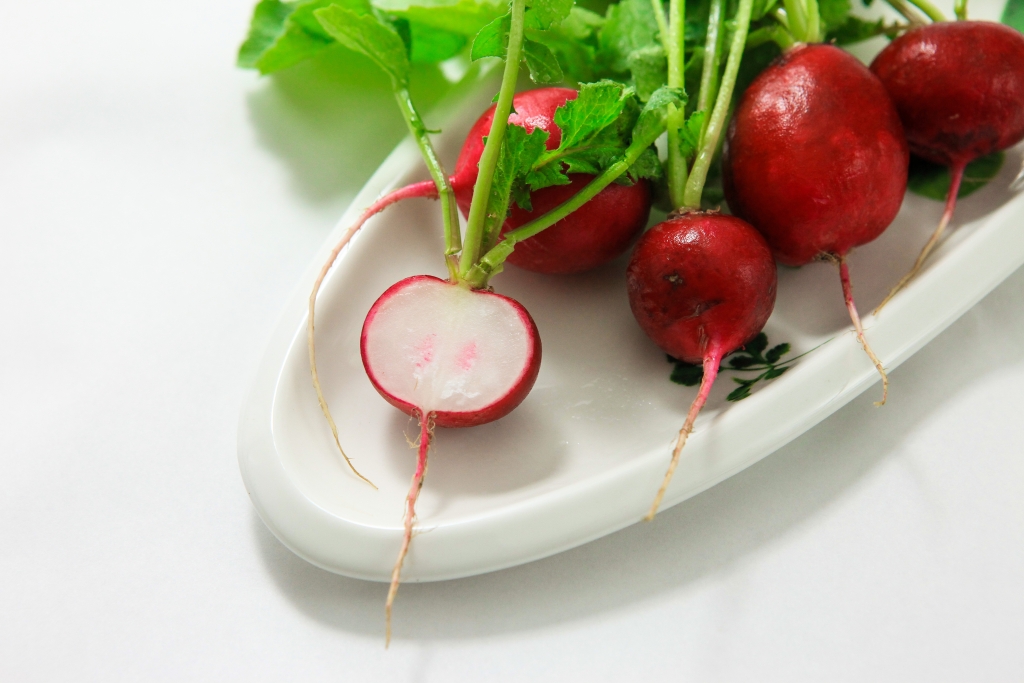
It is a basic spice in France and Southeast Asia. It grows in Central Asia and West Asia. It is a member of the onion family, but it is smaller than onion, its structure is thin and its moisture is less. The taste is softer and sweeter than the onion. It is often fried in oil and used as a seasoning for various dishes, and it can be eaten as pickle with cucumber.
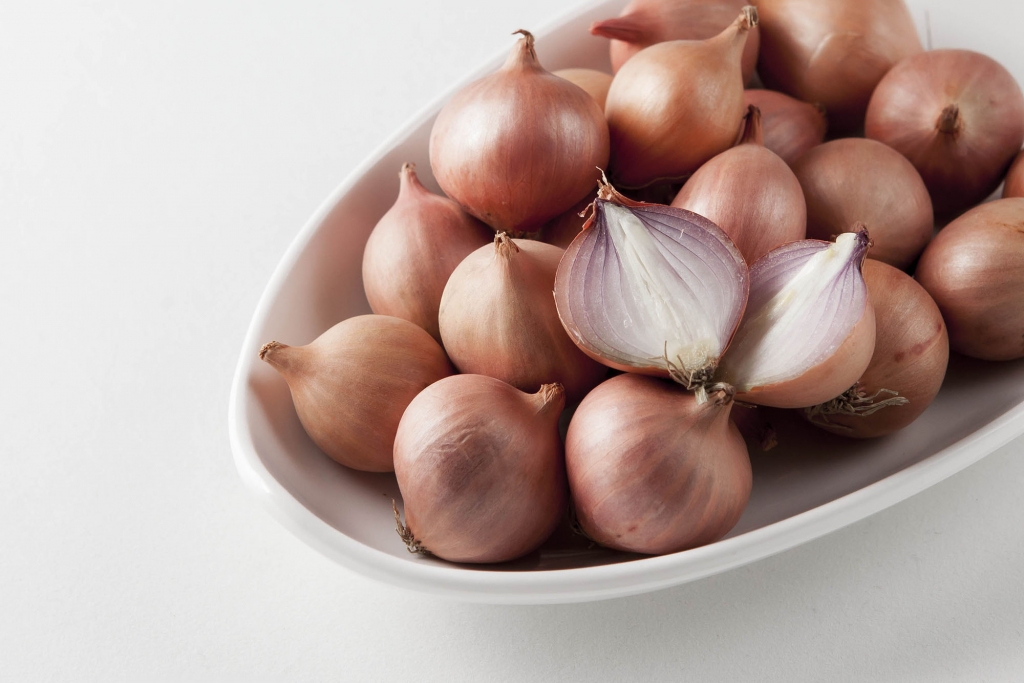
It is a sprout newly emerged from the root of chicory like the cabbage heart, and the product name is ‘chicon’. It was first produced in a place near the Brussels, the capital of Belgium, so it is also called Belgium Endive. At that time, the roots of chicory was dug up stored it in the basement to prevent them from freezing. When the container, which the roots were put in, was opened, all roots came out like sprouts. It was like yellow cabbage hearts because they were stored in the dark basement. After the primary cultivation, the roots are activated, and the roots are cultivated again in a dark place.
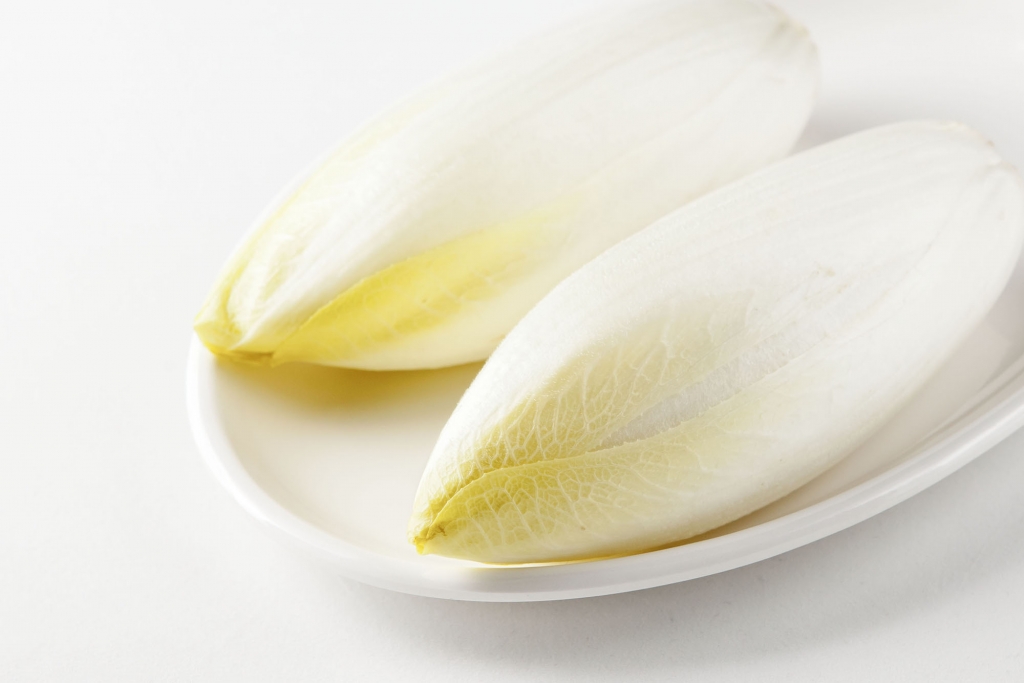
The name is ‘Rumohra’ leaf. It is widely used for decoration of flowers and Japanese dishes. It is usually distributed under the name “Nomura”. The dark green leaves are cute and triangular in shape. Although it has a hard feeling compared to other bracken, it can be used as a flower arrangement or a bouquet, or it can be divided into small pieces and blended to make the flowers stand out.
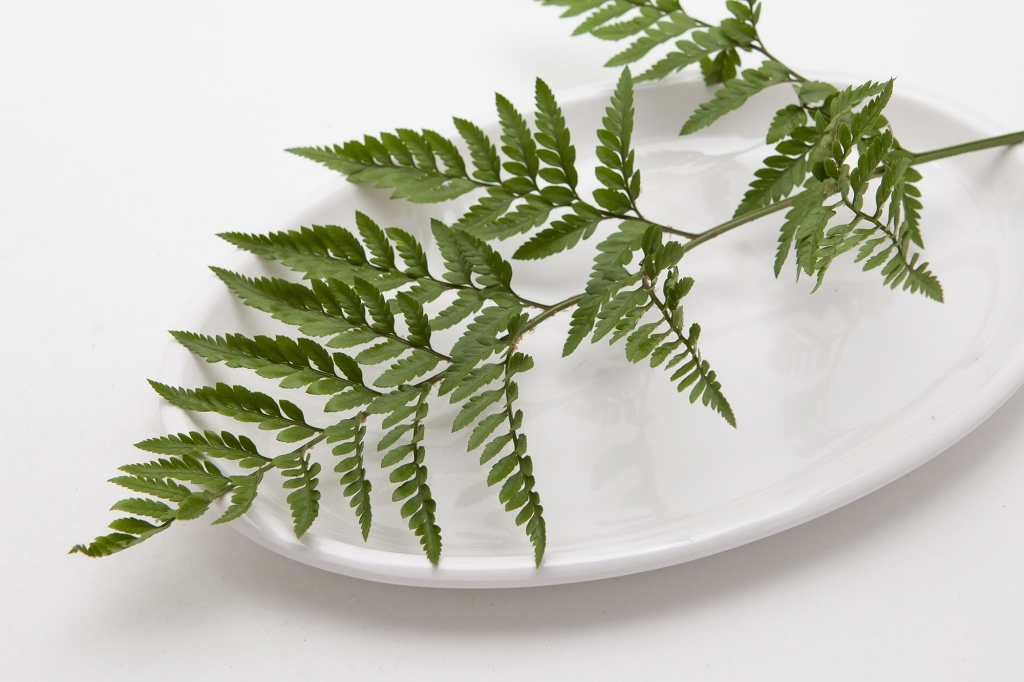
It is a plump chili that has a yellow green luster. It is 2 ~3 times bigger than ordinary chili, and it was named ‘Dangjo chili’ because it is excellent for controlling blood sugar. It has a unique crispy texture, which is reminiscent of cucumber chili, and it tastes like paprika that is not spicy. It contains a large amount of ingredients that inhibit blood sugar rise after meals, reducing the digestion rate of carbohydrates.
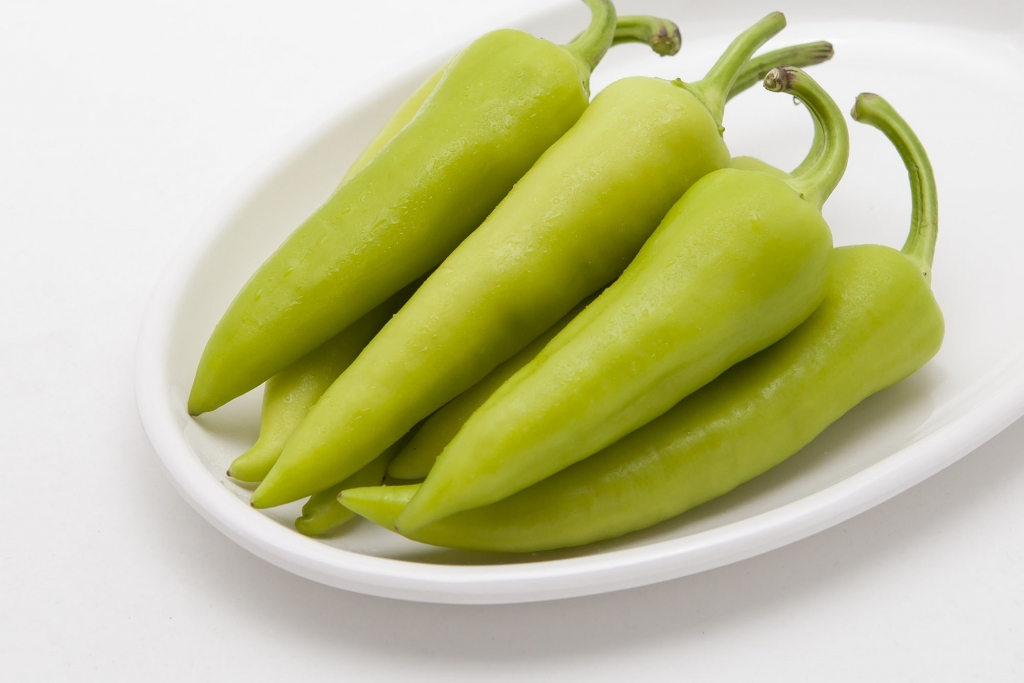
It is a type of celery and called ‘celery root’ or ‘celery knob’. Its taste and aroma are similar to that of celery. It grows wild or is cultivated in the Mediterranean and northern Europe, but is cultivated in various regions such as North Africa, Southeast Asia and North America. The inside is ivory and can be eaten raw or cooked. It is very low in starch content, and it is often grinded with potato to cook puree, croquette and soup.
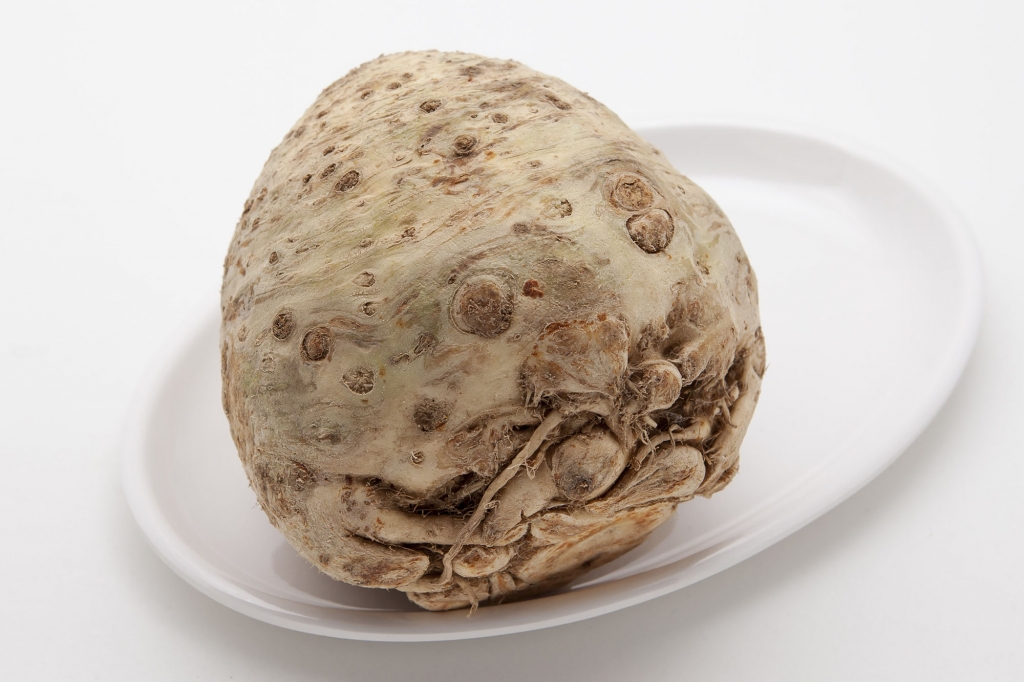
It is also called ‘Barafu’, which means ‘ice’ in Swahili. The bladder cells in the stem and leaf have the same shape as ice crystals and are named ‘Ice Plant’. As it grows, it sucks salt and has salty taste. As one of the succulent plants, it is a low-temperature plant originating in South Africa’s Namib Desert. It is used for a variety of dishes such as salads, juices and ssam vegetable. It has good texture when eaten raw, and had many useful ingredients that are effective in preventing hair loss, controlling blood sugar and improving female beauty.
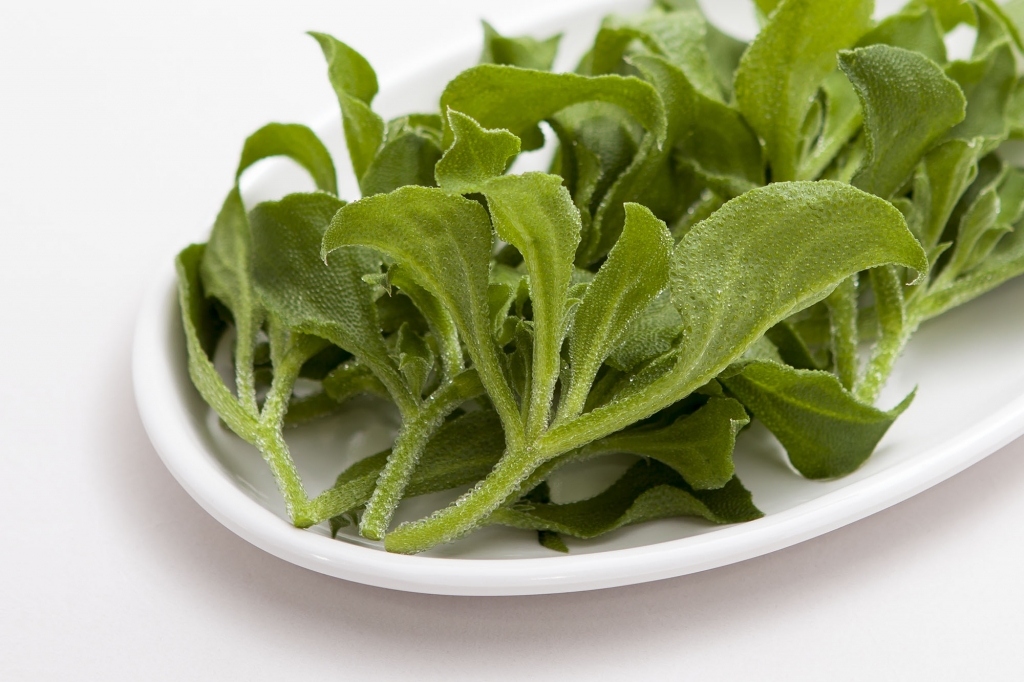
In the West, it is a familiar herb used as a medicinal herb or a vegetable. Its origin is the Mediterranean coast and it grows near the beach. The flower buds are eaten before the flowers bloom. Artichokes can be easily seen in overseas countries such as Europe, and they are cultivated in southern coastal area or Jeju Island in Korea. In season, it is sold as fresh products, bottled or canned. Mainly the heart part in the middle of the bud is eaten raw, but in season the bottom part of the petal is also eaten boiled in water. It has the most similar flavor to raw chestnut, and it tastes nutty. It has the effect of enhancing the functions of liver and stomach, reducing cholesterol in blood and improving diuretic effect.
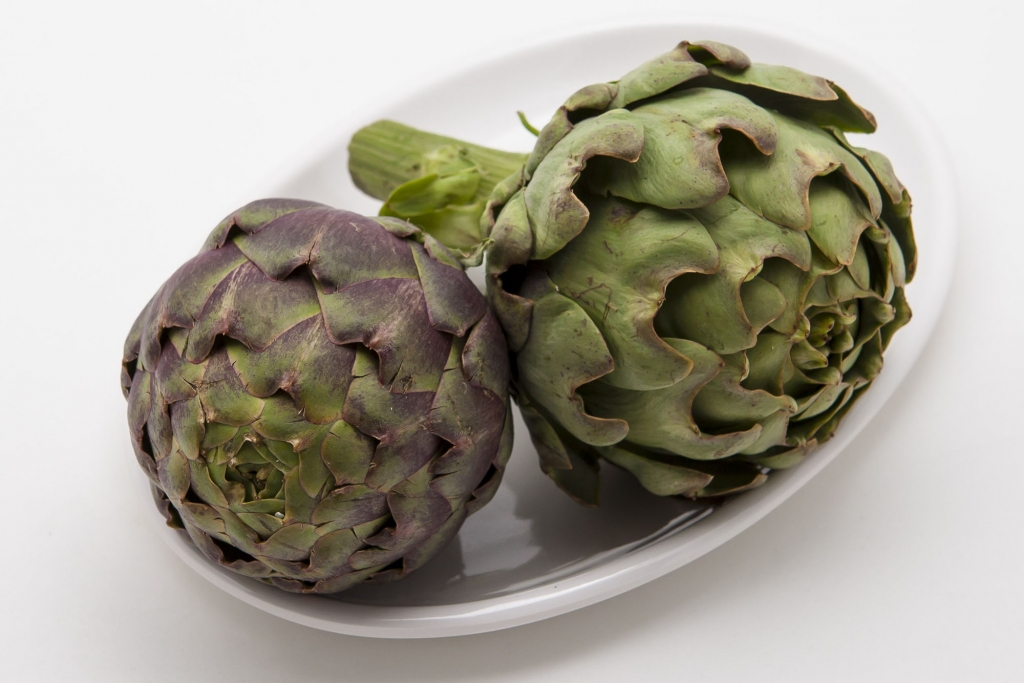
It looks like a white broccoli. Like broccoli, it belongs to the cauliflower family, but it is larger and softer. Normally it is a salad on a steak dish, which is finely chopped and served with toppings on the soup. If cooked well, it tastes like potato or grains of rice.
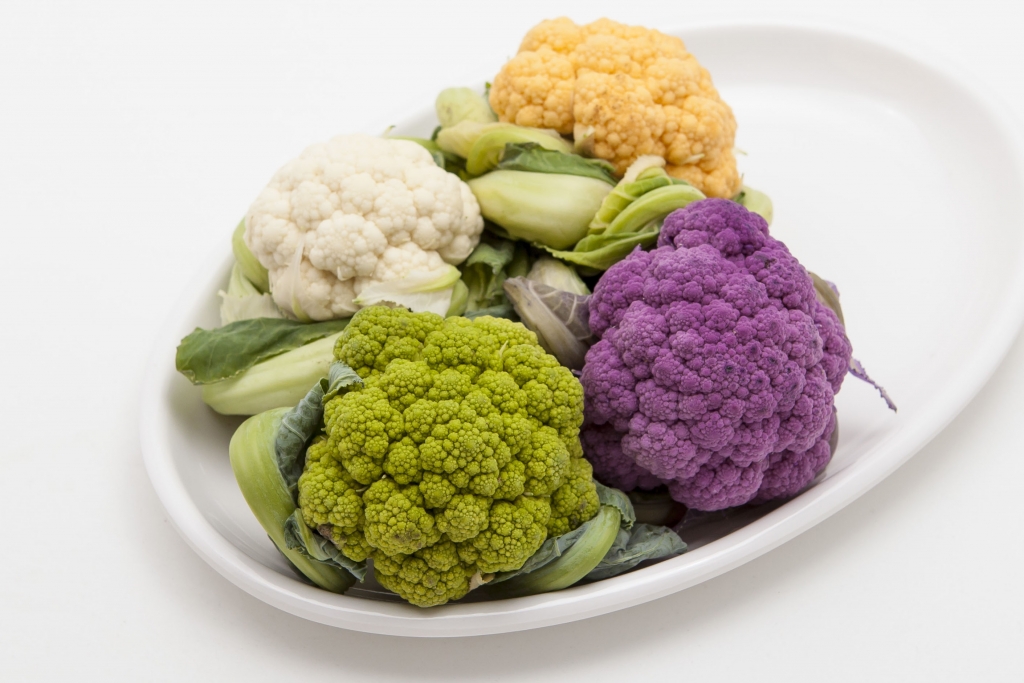
It is made by crossing cabbage (kohl) and turnip (rabic), and there are two kinds of green and purplish. It has a taste similar to broccoli stem and inside cabbage, but is milder and sweeter than them. After removing the leaf part, peel the skin with peeler or a knife. Since the moisture content is over 90%, it is common to eat the stem part raw with salad without any cooking, and the leaf part can be used for cooking vegetables such as kale or cabbage.
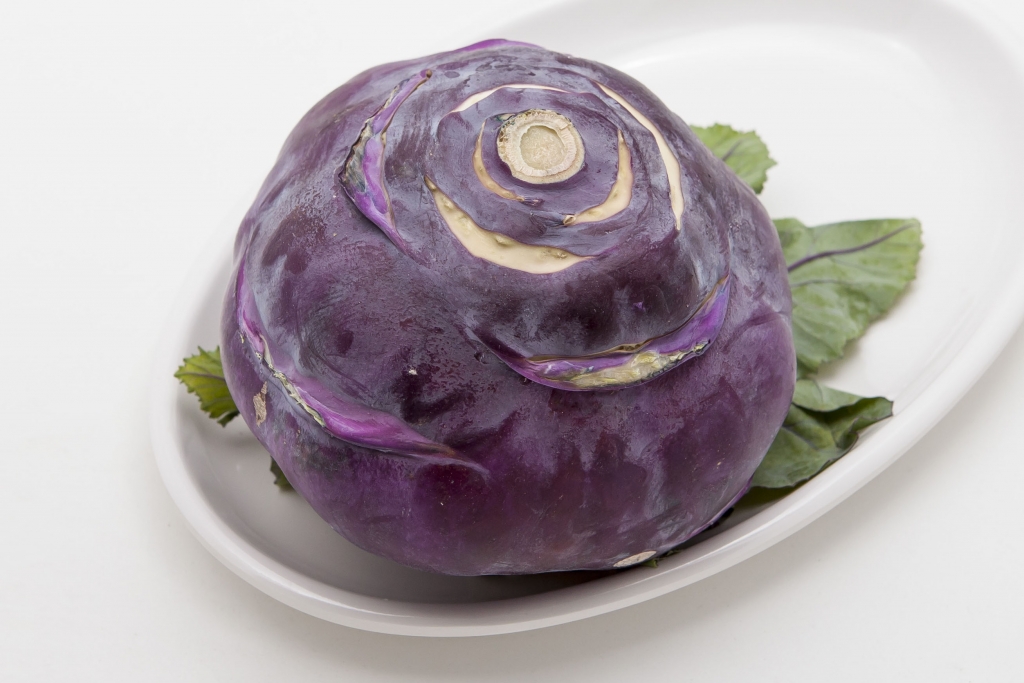
The shape of root is unique and looks like a snail, a conch or a silkworm, and it is good for brain diseases, dementia, amnesia, and Parkinson’s disease. It is similar to ‘stachys sieboldii’. Lycopus herb (Lycopus lucidus Turcz) is a diecious herbaceous plant with fibrous root at the rhizome and a member of genus lycopus europaeus, lamiaceae. There are many species in Korea, such as Shiny bugleweed, Maack’s bugleweed, Korean bugleweed and Northern bugleweed. The rhizome is stretched to the side, the tip of the rood becomes bloated, node is distinct and there is fibrous root. The bloated part is called ‘jisoon’ and since it is also called choseokcheon, daechoseokcheon, jiwoo, gamroja, taekran and jisam, it is sometimes confused with stachys sieboldii. This is an herb that has good efficacy on dysmenorrhea, menstrual irregularities, back pain, uterine disease, hypertension, stroke and boils. In the country, there are many kinds such as hairless woundwort, bristle woundwort and velvety woundwort.
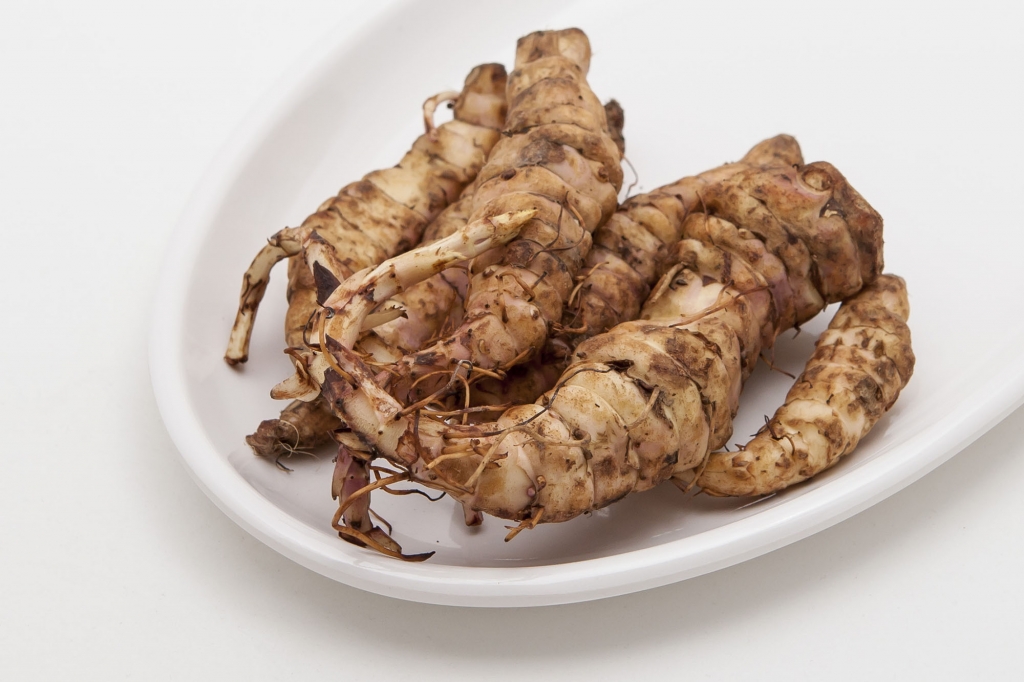
It is like a white carrot or a thick deodeok, and it is a favorite root vegetable in the West. It is boiled thoroughly and used as a substitute for mashed potato or it can be used as an ingredient of soup. The shape and hardness are similar to the existing carrots, but the chewy texture is close to deodeok and the flavor is unique as it tastes sweet like well-ripe radish and leaves a little pungent aftertaste. It is rich in vitamin C and potassium. It has anti-aging effect with antioxidant function. It has a sweet taste and is a good material to add healthy sweetness instead of sugar. It is delicious when it is sliced lengthwise or sliced sideways in a circle and steamed, roasted or fried like sweet potato.
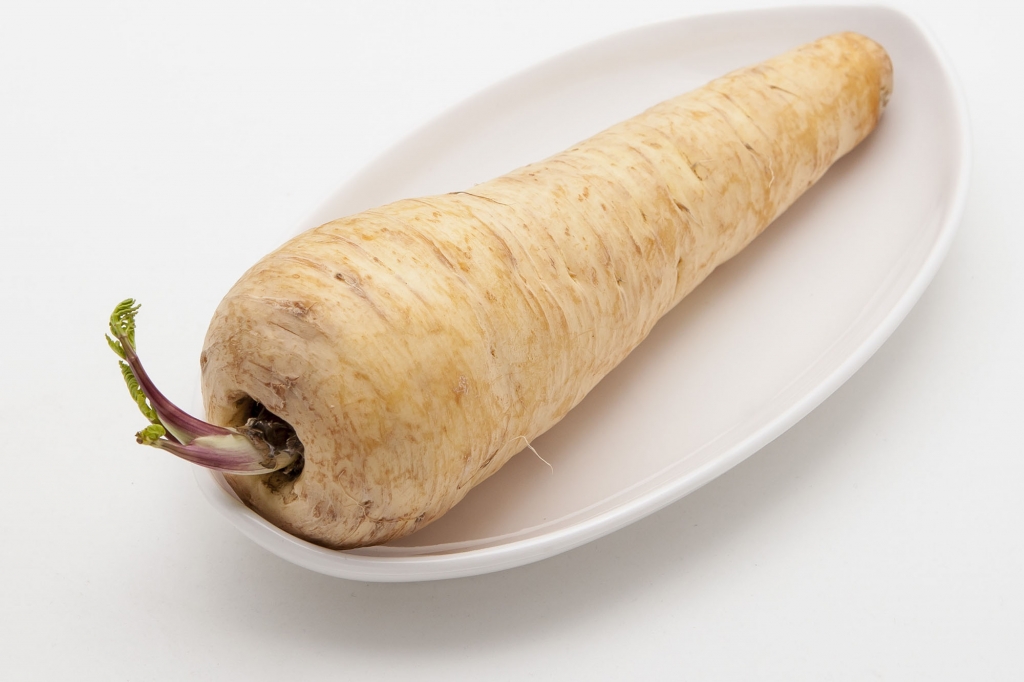
Its origin is northeastern Africa and it belongs to the family Malvaceae. It has a unique texture and the sticky liquid comes out with the thickener when cut, which is useful for cooking soup and stew. Okra has a lot of nourishment, and it is effective for increasing energy and has unique taste. It blooms and bears fruits all year around.
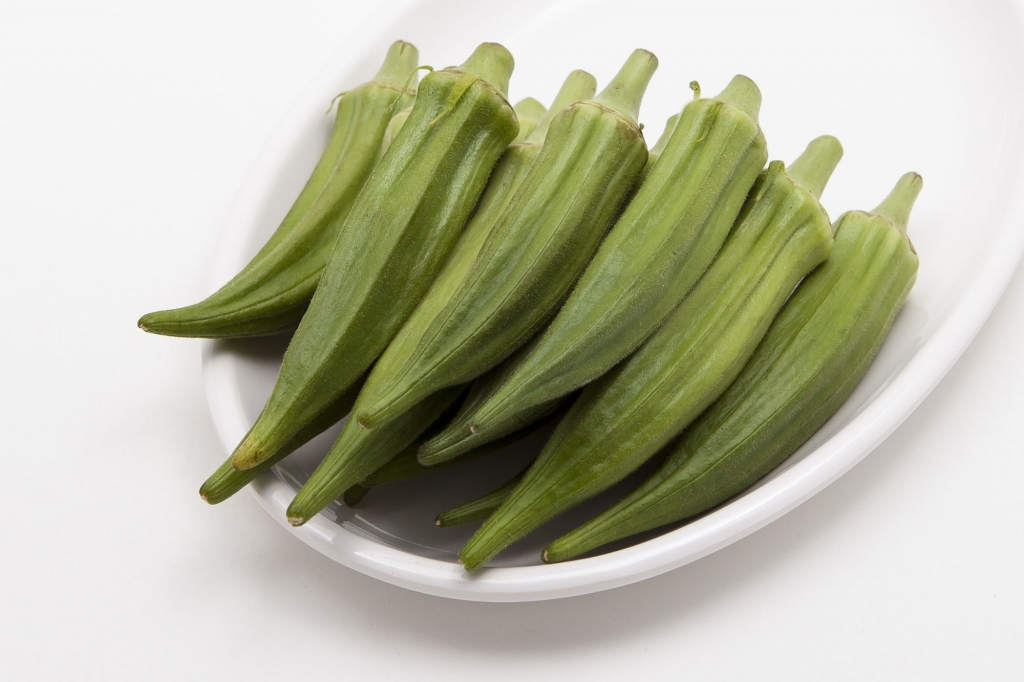
It is a flower that can be eaten, and it is used as a decoration for cooking. A lot of pansy, pink, viola, primula and snapdragon are mainly used.
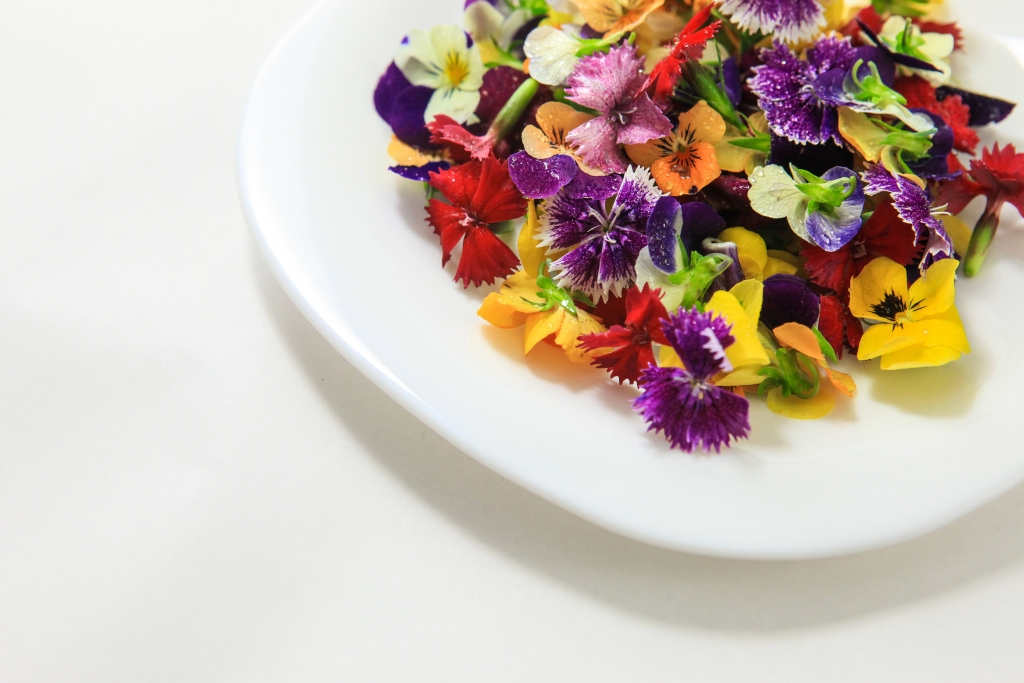
It is a flower that can be eaten, and it is used as a decoration for cooking. A lot of pansy, pink, viola, primula and snapdragon are mainly used.
